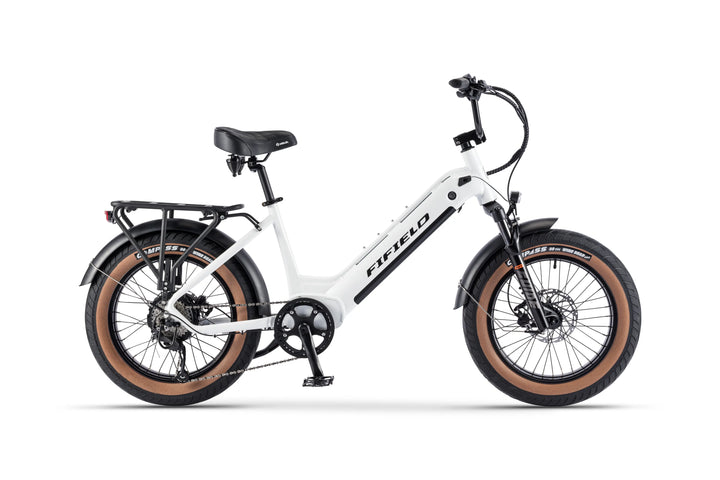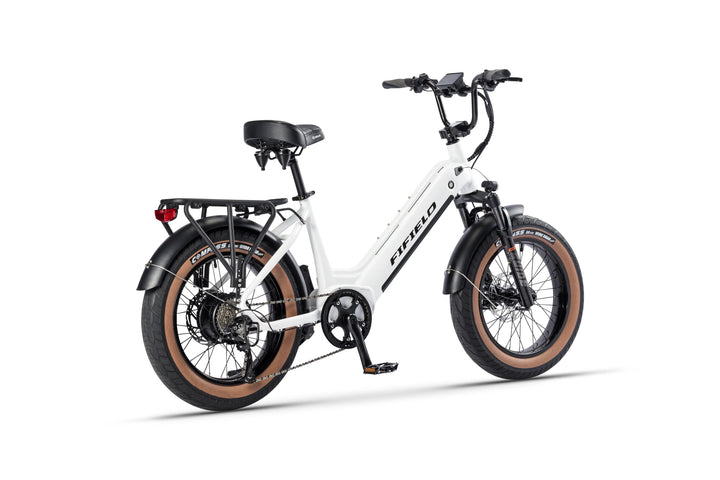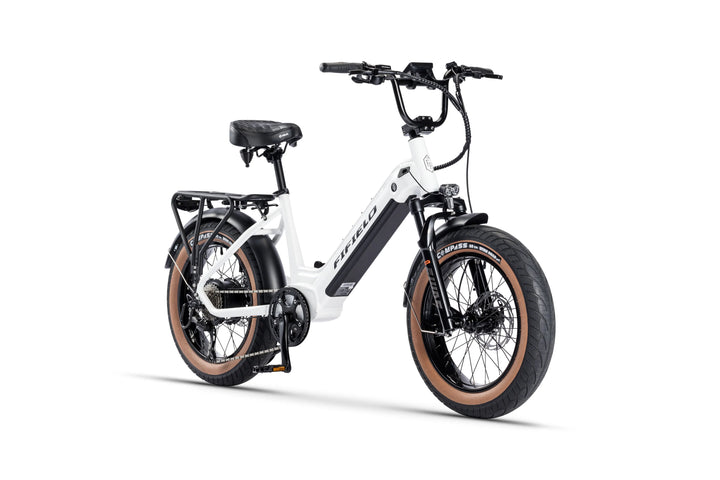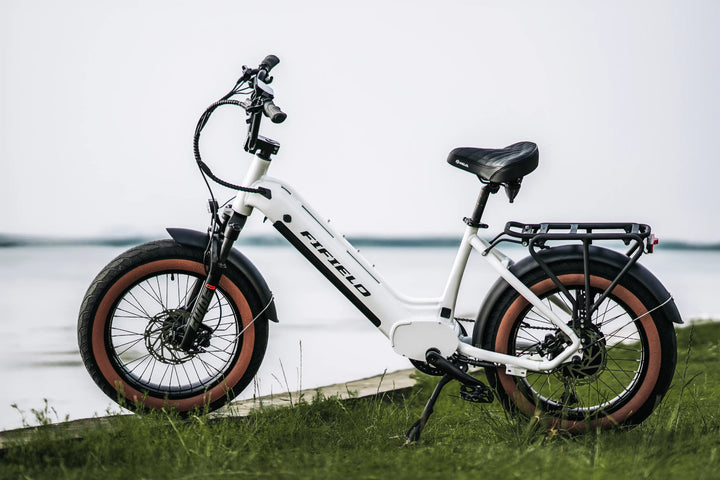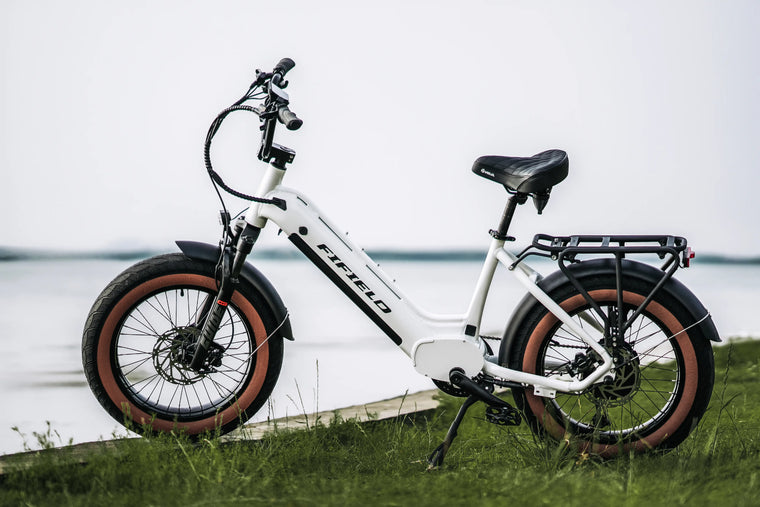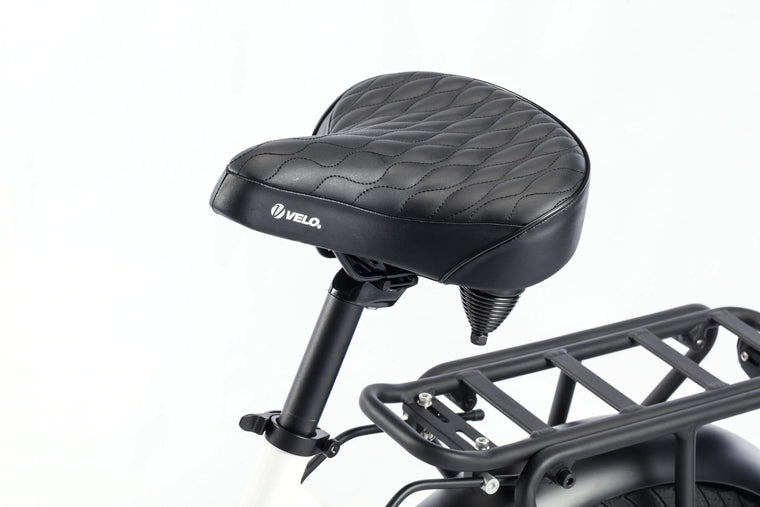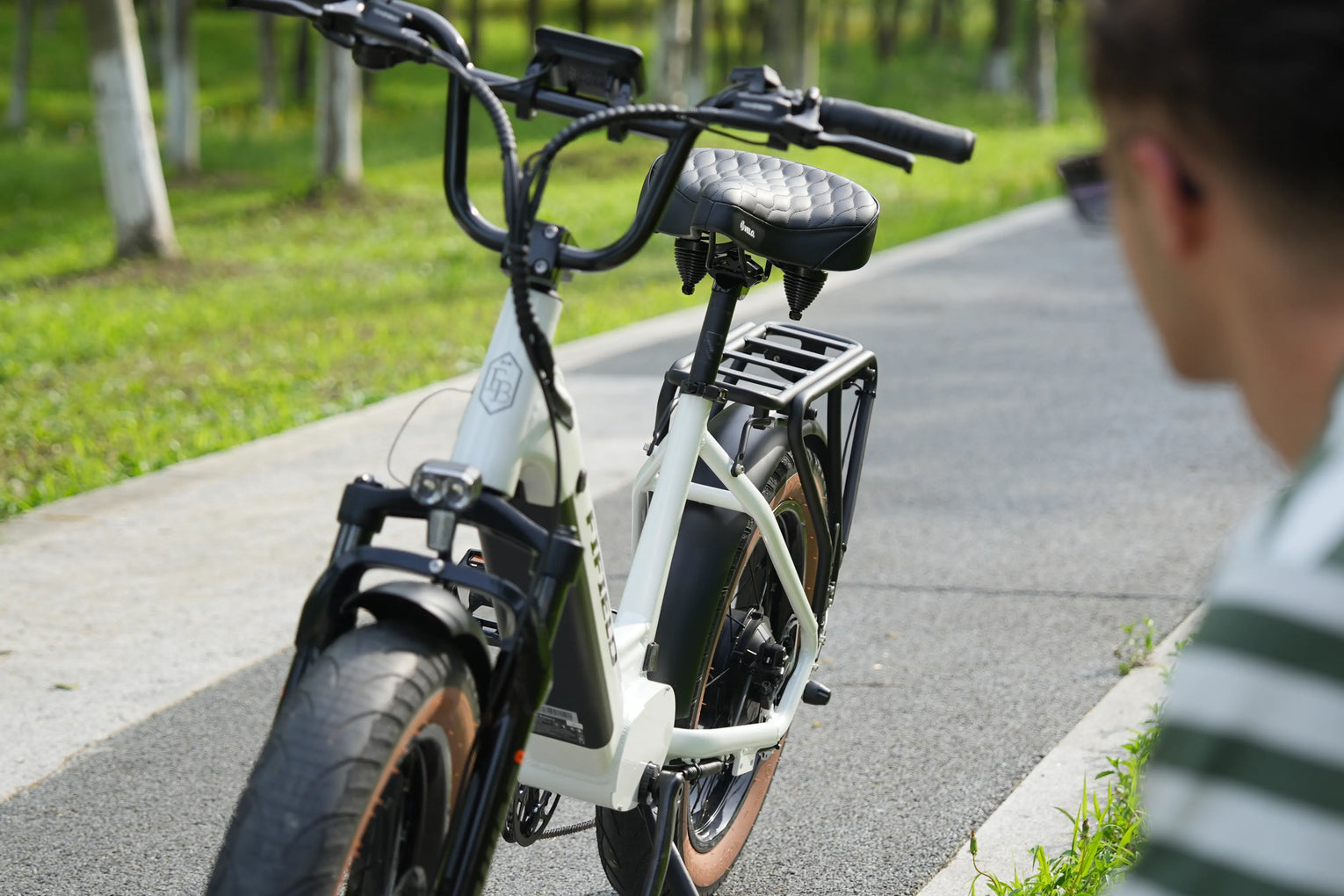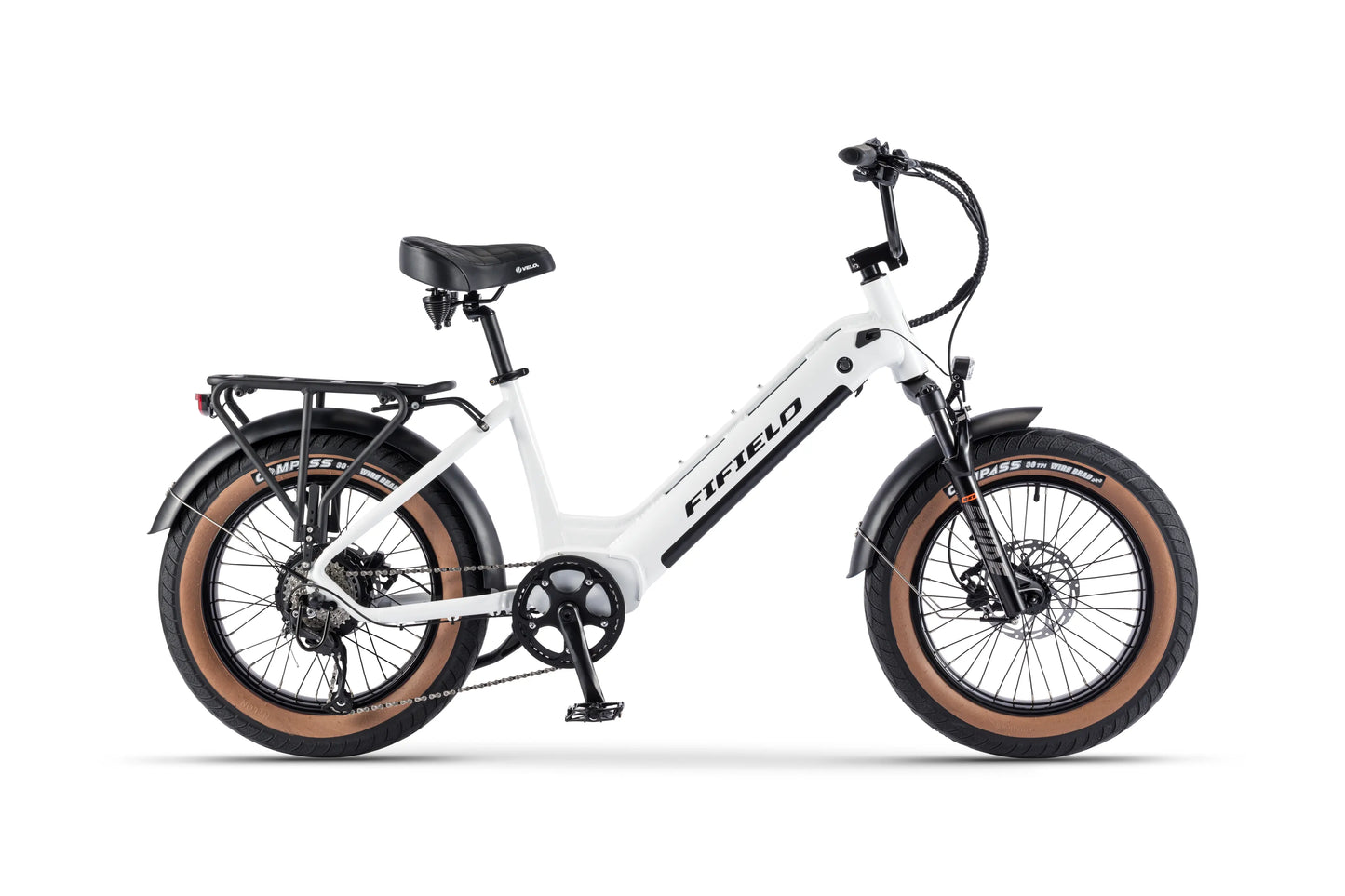
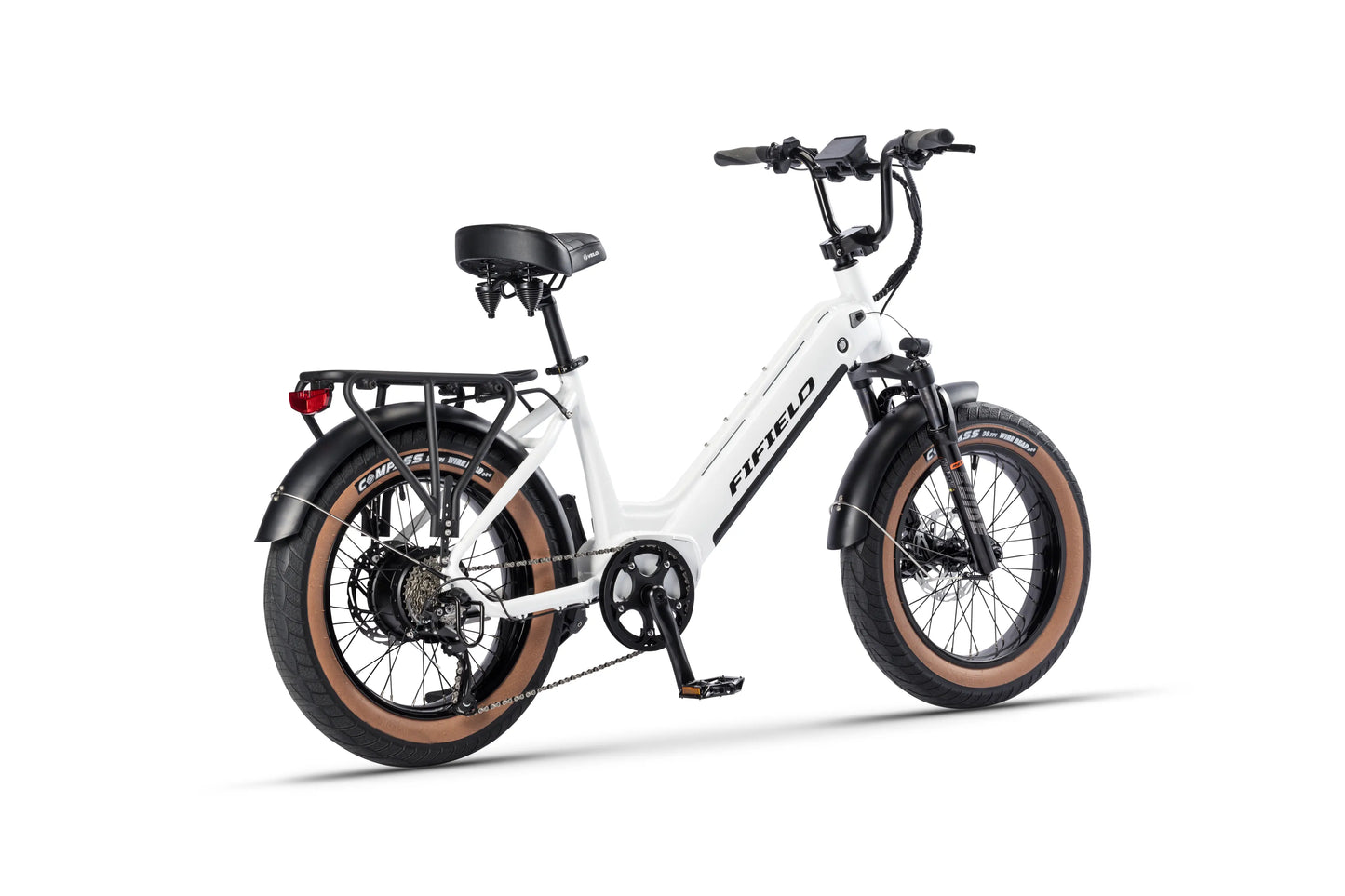
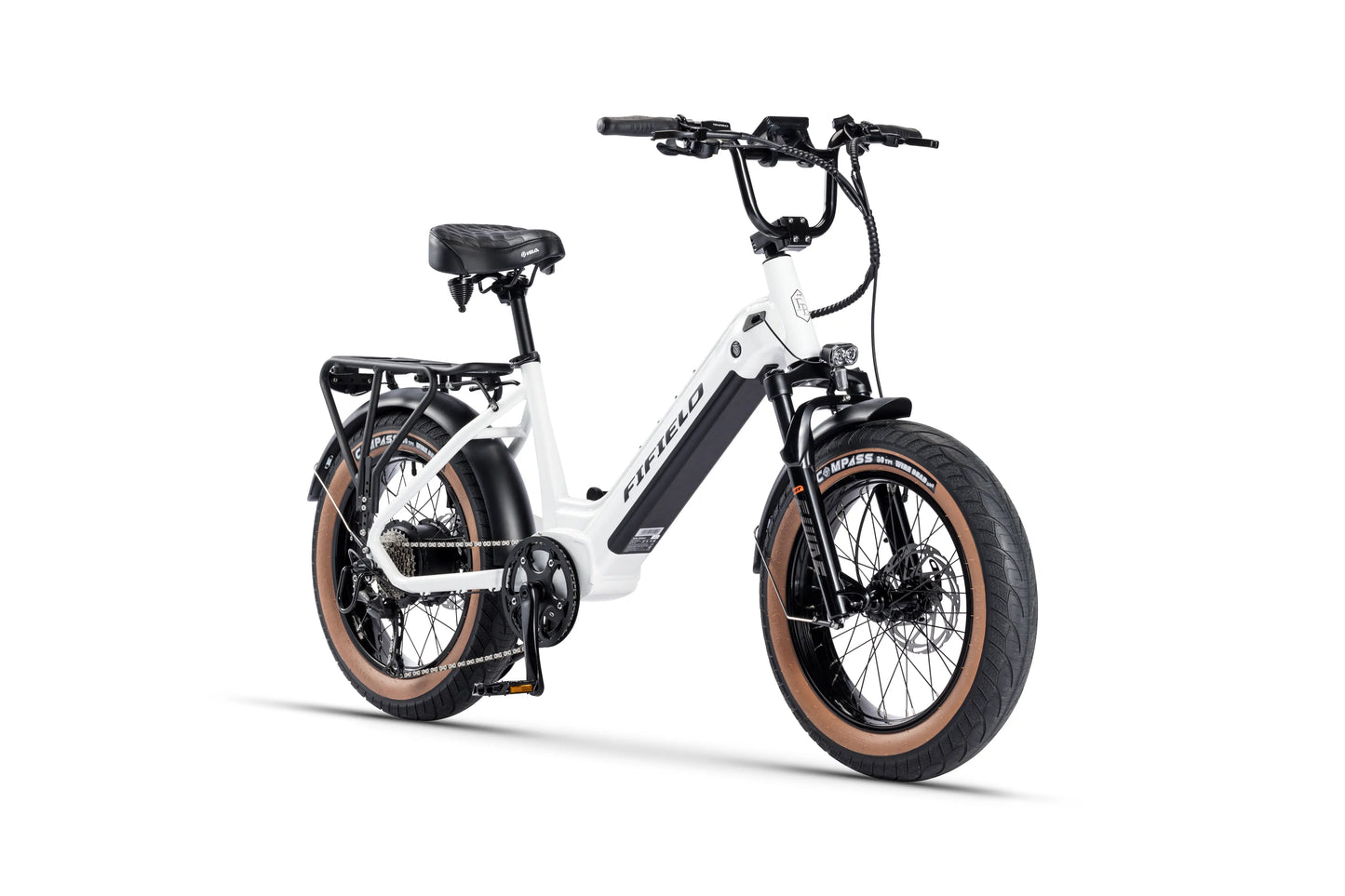
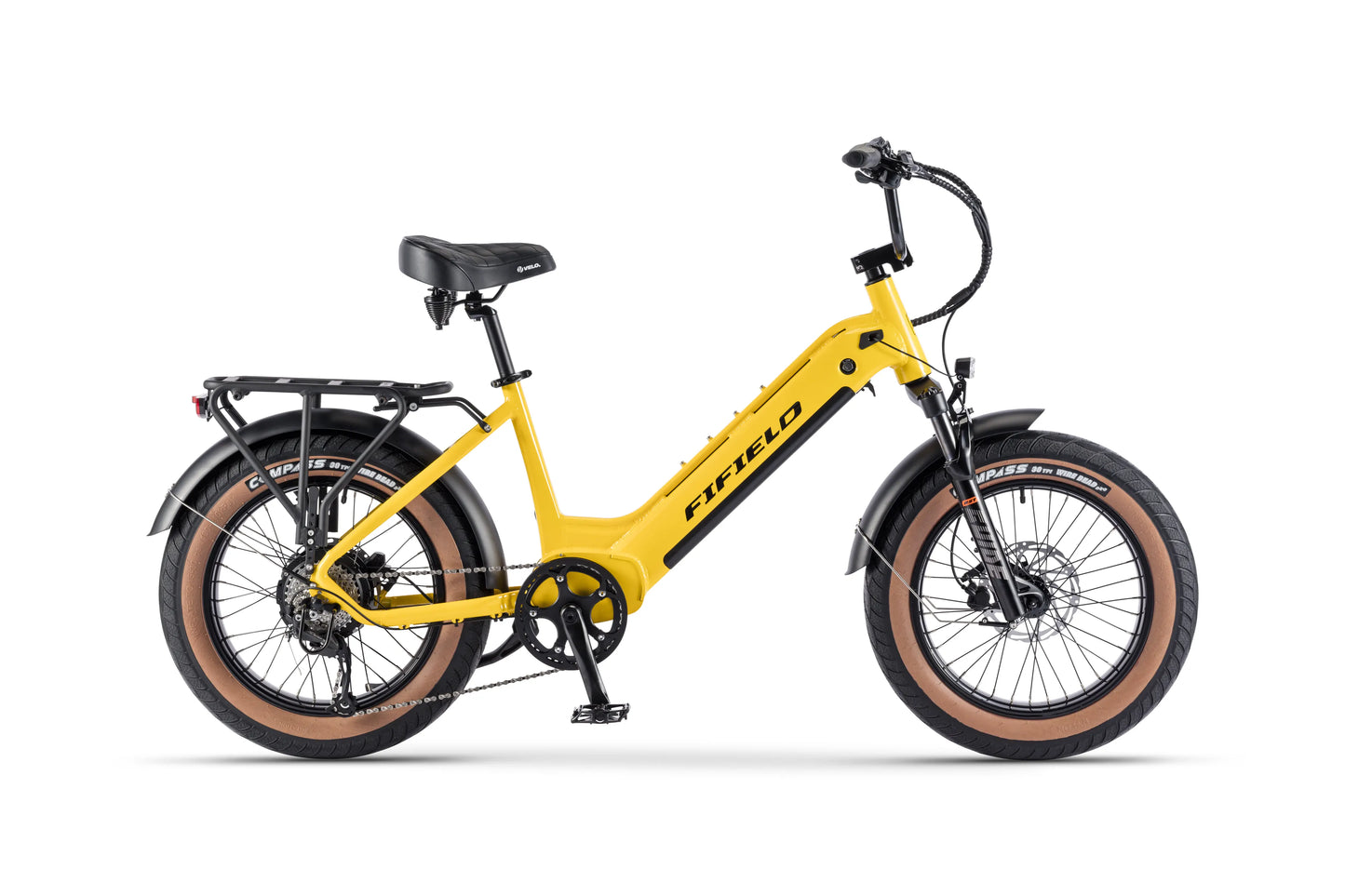
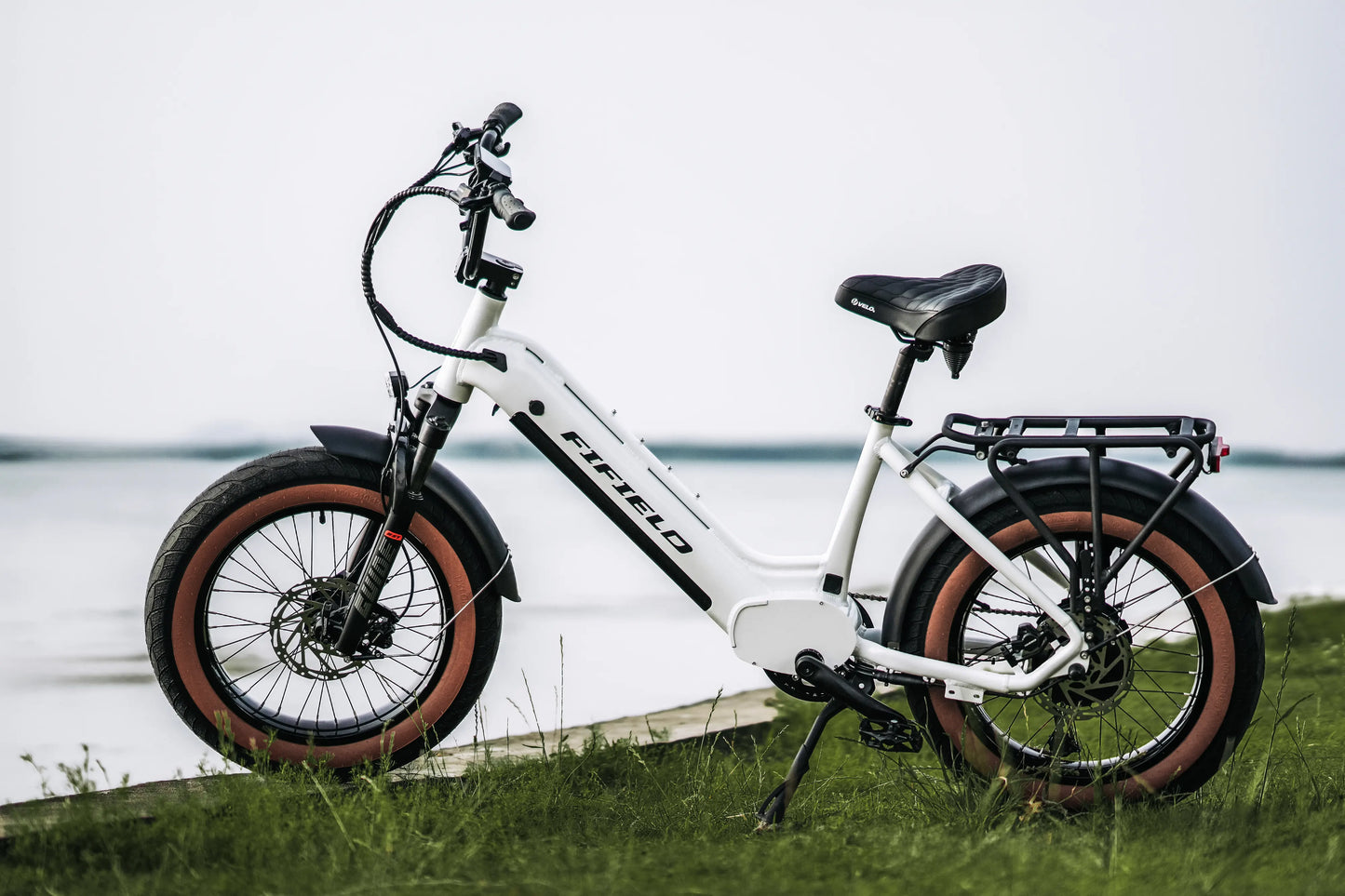
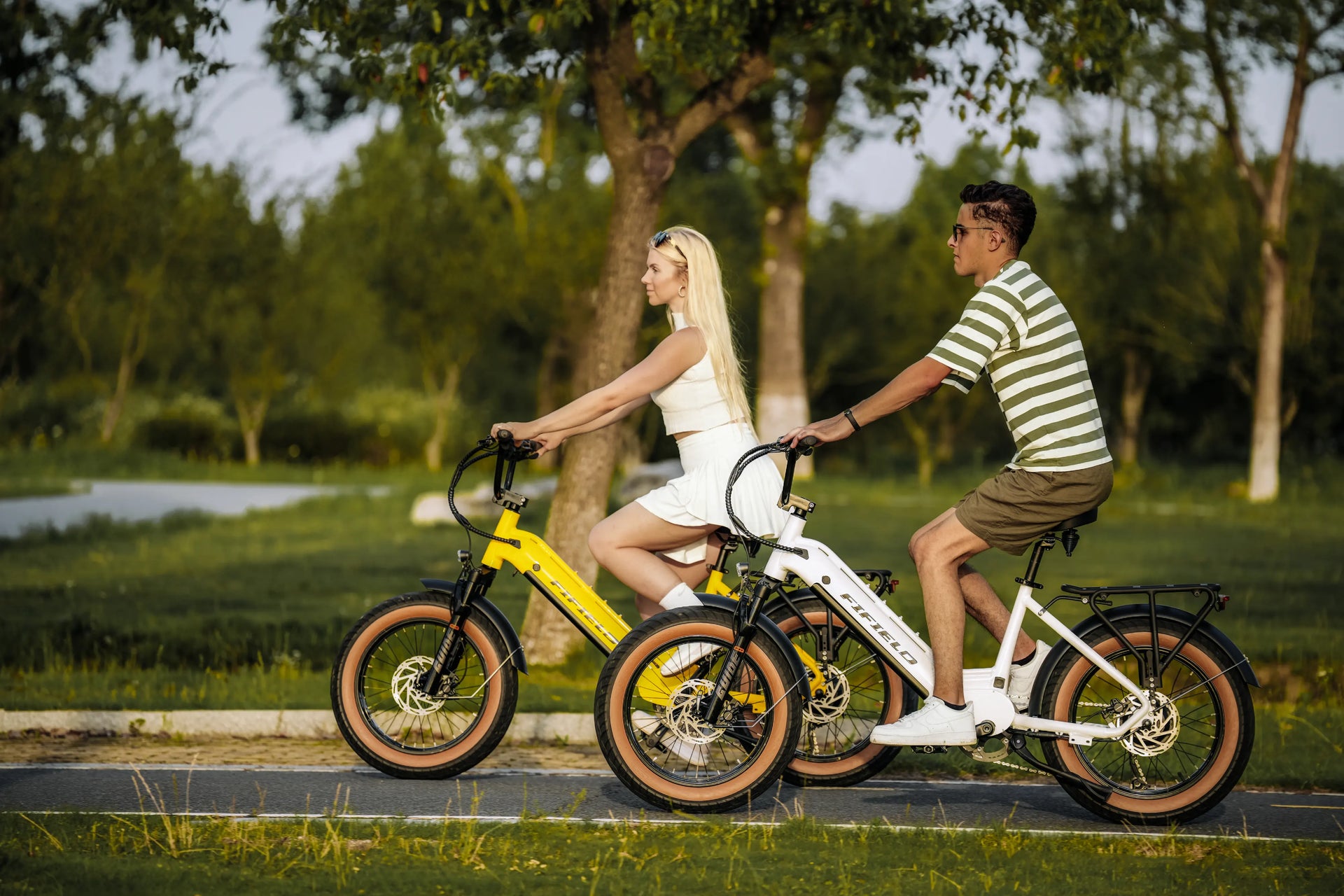

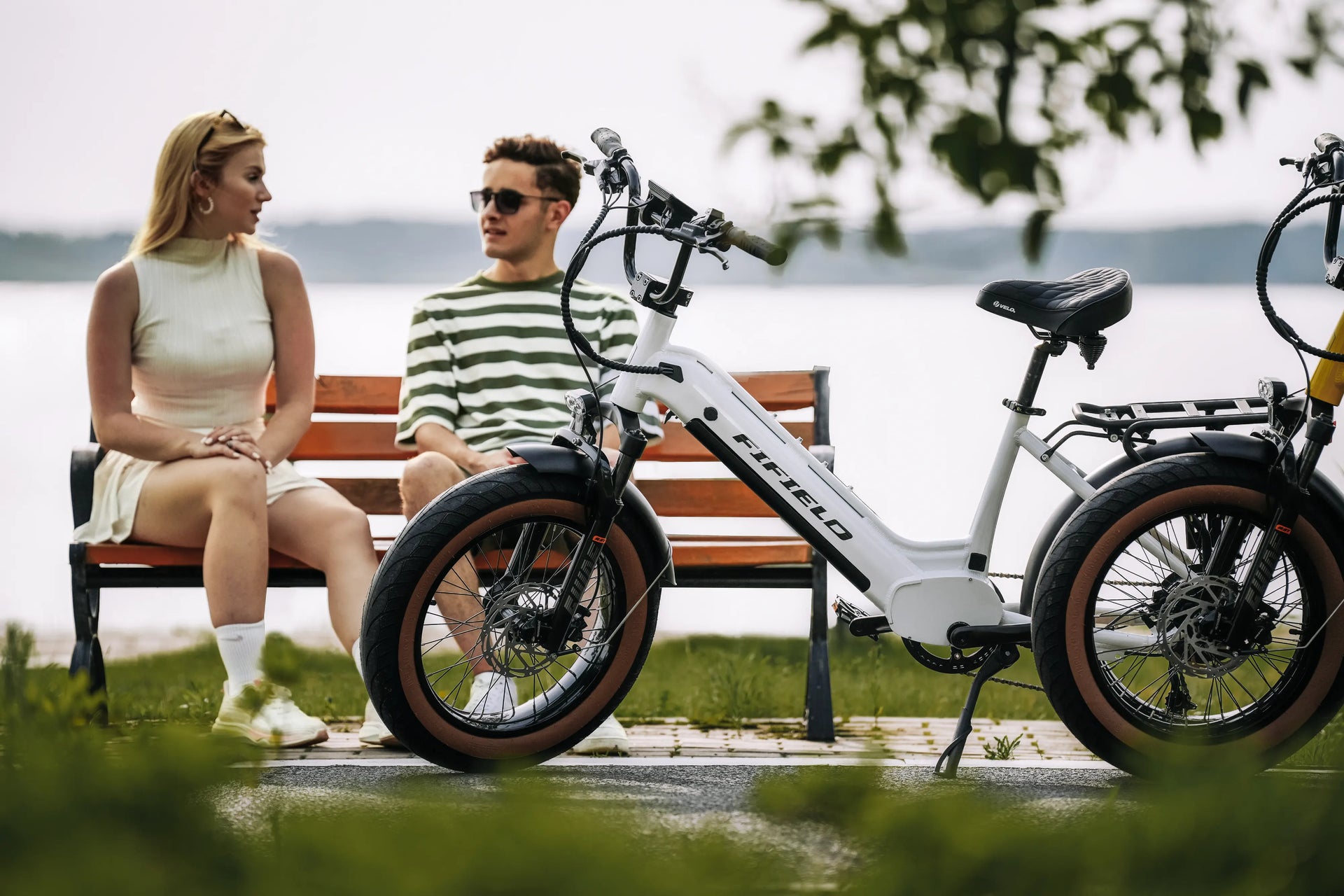
Speces
Size Guide

What is the speed limit for e-bikes in your state?
Many States in the U.S. have adopted a three-class system to describe the different levels of electric bikes. The classes are as follows:
- Class 1: pedal assist only; maximum assisted speed of 20 mph.
- Class 2: throttle assist only; maximum motor-powered speed of 20 mph.
- Class 3: pedal assist only; maximum assisted speed of 28 mph.
It can be clearly seen that class 1 and 2 are regulated like regular bicycles and will follow the same rules and be allowed to use the same paths and infrastructure as regular bicycles. However, because class 3 e-bikes are capable of higher speeds, they have extra regulations and require additional equipment, although, they are still technically considered a bicycle. Currently, as stated by U.S. Federal Law, class 3 e-bikes have a minimum age of 16 years old to operate and require a helmet. Class 3 e-bikes are also not allowed on standard bike paths. The reason that class 3 e-bikes are allowed to travel at speeds up to 28 mph is because the Consumer Product Safety Commission has clarified that the law does allow e-bikes to travel faster than 20 mph when using foot pedaling and the e-bike’s motor power at the same time.
How do you ride an e-bike?
If you know how to ride a classic bike, you’re all set. An e-bike just adds an electric motor, rechargeable battery, and a controller to the mix, amplifying the fun factor.
How does it work?
Simply activate the motor by pedaling or twisting the throttle. Note: Steering skills are still required!
How far does it go?
Generally, our e-bikes run 20-30 miles on a single charge. This can extend to 50-60 miles with manual pedaling.
How long does it take to get a full charge?
It takes around 3-5 hours to charge fully from 0%.

